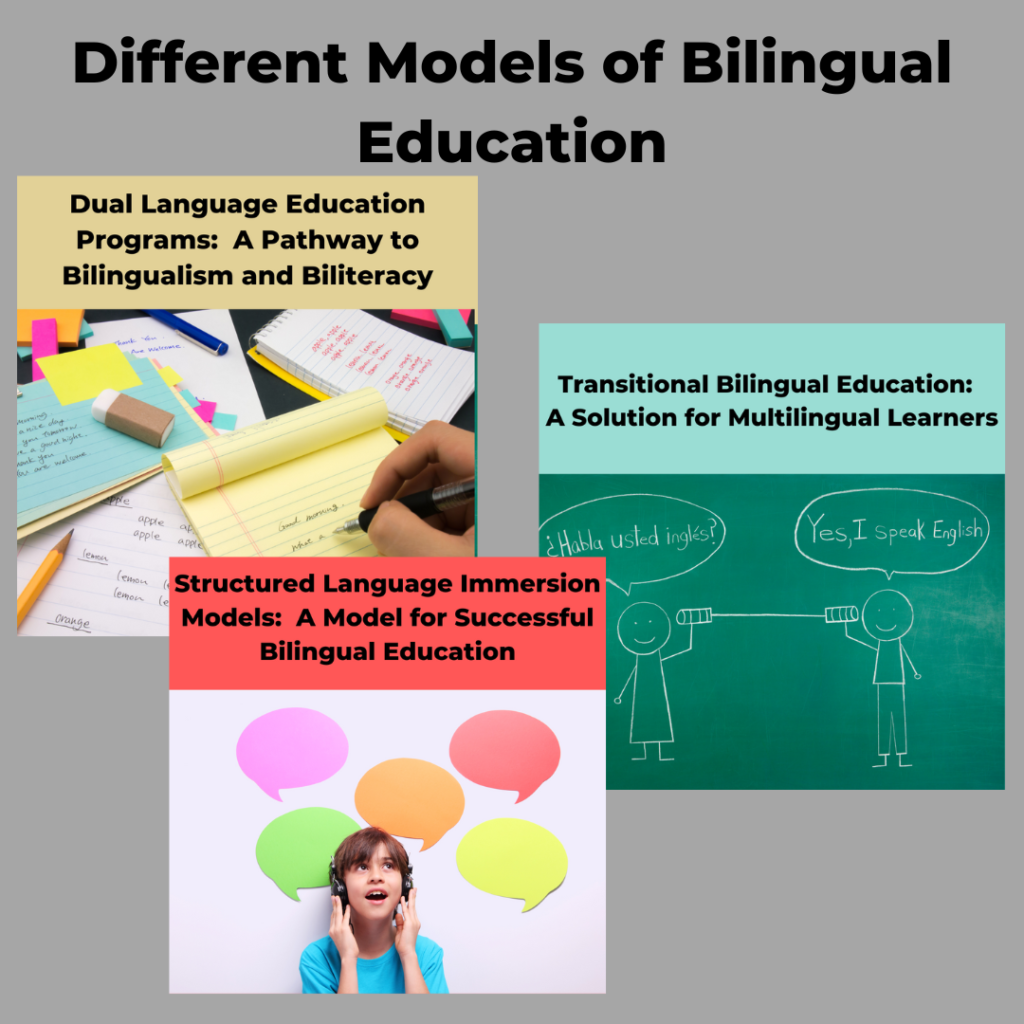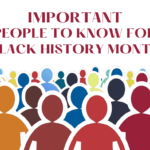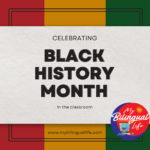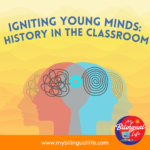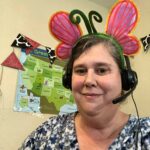Introduction to the Different Models of Bilingual Education
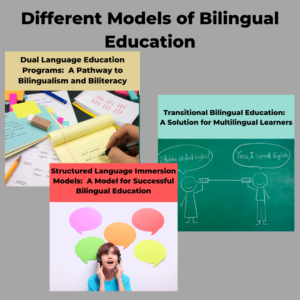
Bilingual education is an approach to teaching that uses two languages to support the academic and linguistic development of students. There are various models of bilingual education, each with its own unique characteristics and goals. Each model has its own advantages and disadvantages, and it’s important to understand the different models in order to select the one that best meets the needs of the students and community. In this article, we will discuss the three most common bilingual education models.
Dual Language Education Model
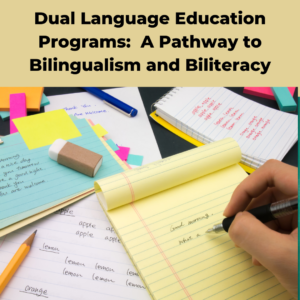
Dual Language Education programs are educational models that provide students with instruction in two languages. These programs aim to develop bilingualism and biliteracy in students, as well as a deeper understanding and appreciation of different cultures.
Dual Language Education programs can take various forms, such as:
- One-way programs, where the majority of students come from one language background and are being taught in a second language.
- Two-way programs, where the student body is approximately half and half split between native speakers of each language.
In a Dual Language Education program, students receive instruction in both their primary language and a target language, with the goal of developing proficiency in both languages. The amount of time spent in each language can vary depending on the program, but typically students spend 50% of their instructional time in one language and 50% in the other. This can also depend on the school district, the school, and the program’s focus.
Transitional Bilingual Education Model
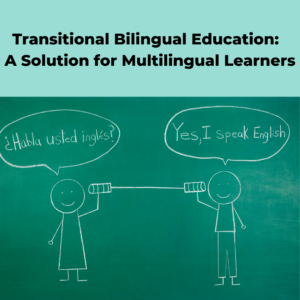
Transitional Bilingual Education (TBE) is a model of education that is designed to help students transition from their primary language to the primary language of instruction (usually English) over time. The goal of TBE is to provide students with the necessary language and academic skills to be successful in school while also preserving their primary language and cultural identity.
In TBE programs, students continue to receive instruction in their primary language while also receiving instruction in the target language (usually English). This allows students to continue to develop their cognitive and academic skills in their primary language while also developing their proficiency in the target language.
The length of time that students spend in TBE programs can vary, with some students transitioning to English-only instruction within a few years, while others may take longer. The amount of time a student spends in a TBE program depends on their individual language proficiency and academic needs.
Structured Language Immersion Programs
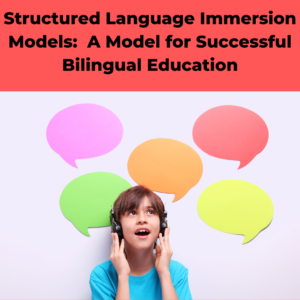
Bilingualism and biliteracy are becoming increasingly important in today’s globalized society, and one of the most effective ways to achieve these goals is through language immersion programs. Among these programs, the structured language immersion model stands out for its ability to provide students with comprehensive and effective language education. This model is based on the principle that students learn best when they are fully immersed in the target language, and when the instruction is tailored to their individual language proficiency.
The structured language immersion model combines elements of both the primary and target language in the classroom, with the goal of developing proficiency in both languages. The curriculum is designed to meet the academic standards of the school district and is aligned with the students’ language proficiency. The students are immersed in a target language and are taught by teachers who are fluent in both languages.

My Experience as a Bilingual Teacher
I have taught for over 14 years in bilingual education at several different schools, in a few different school districts, and in a variety of grade levels. What I found is that each district put a label on their bilingual program, but in reality, used a hybrid mix of approaches depending on staff and available resources.
One of the biggest problems I had as a bilingual teacher was finding the resources I needed for my students without having to resort to translating the English resources myself. When I decided to leave the classroom, one of the things I wanted to do was create resources for bilingual teachers to use without having to translate or reinvent the wheel. I have since opened my store on Teachers Pay Teachers and have a variety of resources for bilingual, Spanish, and ESL teachers. My passion has been teaching reading, especially guided reading. I have created a series of short biography units that work perfectly in guided reading groups.

